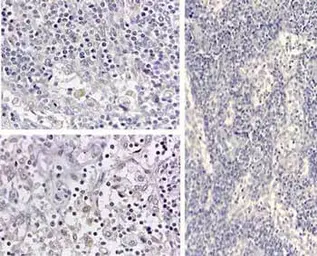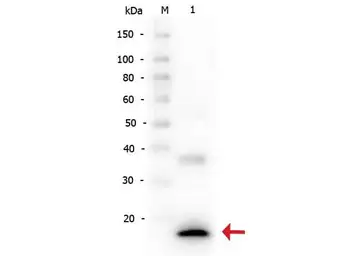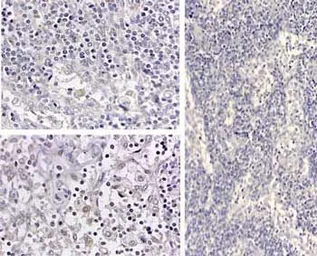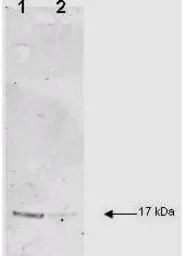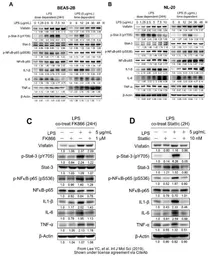IL1 beta antibody
Cat. No. GTX22105
Cat. No. GTX22105
-
HostRabbit
-
ClonalityPolyclonal
-
IsotypeIgG
-
ApplicationsWB IHC-P IHC-Fr FCM IP ELISA Neutralizing/Inhibition
-
ReactivityHuman, Dog

